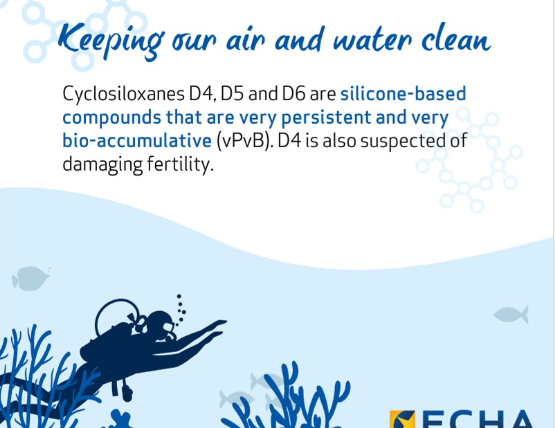The European Commission held a meeting on CLP regulation simplification to reduce burdens on companies, especially SMEs. Topics included label changes, digitalisation, simplification of advertising, and notification processes. Submitted comments will be used to prepare a report for further decision-making.
As part of the EU simplification package (Omnibus package), the European Commission is taking action also for the chemical sector, which aims to reduce the regulatory burden on businesses and administrations. Simplification measures are intended to benefit small and medium-sized enterprises (SMEs) by reducing their compliance burden.
On May 16, 2025, the European Commission organized a meeting to discuss potential simplifications of the requirements imposed by the new CLP Regulation [Regulation (EC) No 1272/2008 of the European Parliament and of the Council of 16 December 2008 on classification, labelling and packaging of substances and mixtures.] The Commission has invited industry, NGOs and all interested parties to discuss and submit their comments and proposals for simplification of the CLP Regulation.
The participants of the meeting raised the following issues:
- New label formatting – it was pointed out that font size and mandatory space are difficult to use with a limited label or packaging size. These requirements are associated with additional costs of creating more expensive labels, larger packaging, and thus generating more waste.
- Digitization of information – some participants supported the replacement of information on labels with QR codes. The issue of extending the legal basis for digital labelling was also discussed.
- Simplification of information for professional products – it was indicated that most of the necessary information is included in safety data sheets, which are made available to professional users.
- Information included in advertisements and marketing materials – difficulties in including all information about the danger in marketing materials and the possible overwhelming of the consumer with the amount of information were indicated. The generic sentence was suggested: “Always follow the instructions and information on the product label.”
- Clarification of key definitions – in particular “placing on the market” and “making available on the market”.
- Improvements to notification processes – the issues of notification to the (PCN) poison centre and the harmonised classification and labelling process for (CLH) were addressed.
- Caution in the classification of mixtures – it has been pointed out that expert judgement and the weight of evidence may lead to disproportionate classifications.
- The level of safety – it was indicated that simplifications must not reduce the level of safety of consumers and employees.
- Stop the time of mandatory implementation of the new provisions of Regulation (EU) 2024/2865.
After the meeting, written comments were asked to be sent by the end of May. The European Commission will now prepare a report that will form the basis for further political decisions.
Meeting notes: https://circabc.europa.eu/rest/download/1baa8979-3a3d-4bcf-ac80-89e8afad17ee?ticket=
New CLP requirements: https://ekotox.eu/changes-to-the-clp-regulation-2024-2027-and-new-obligations/



